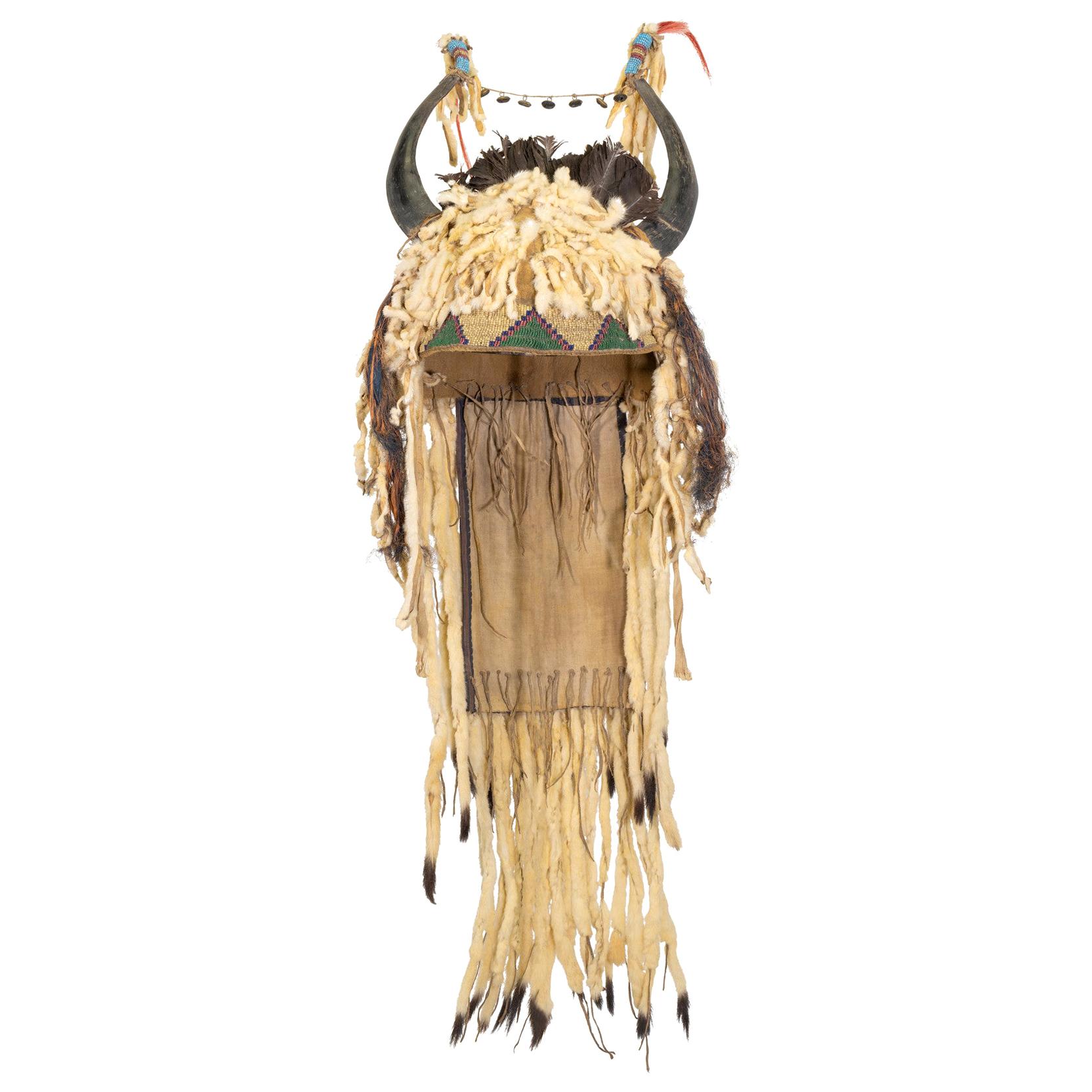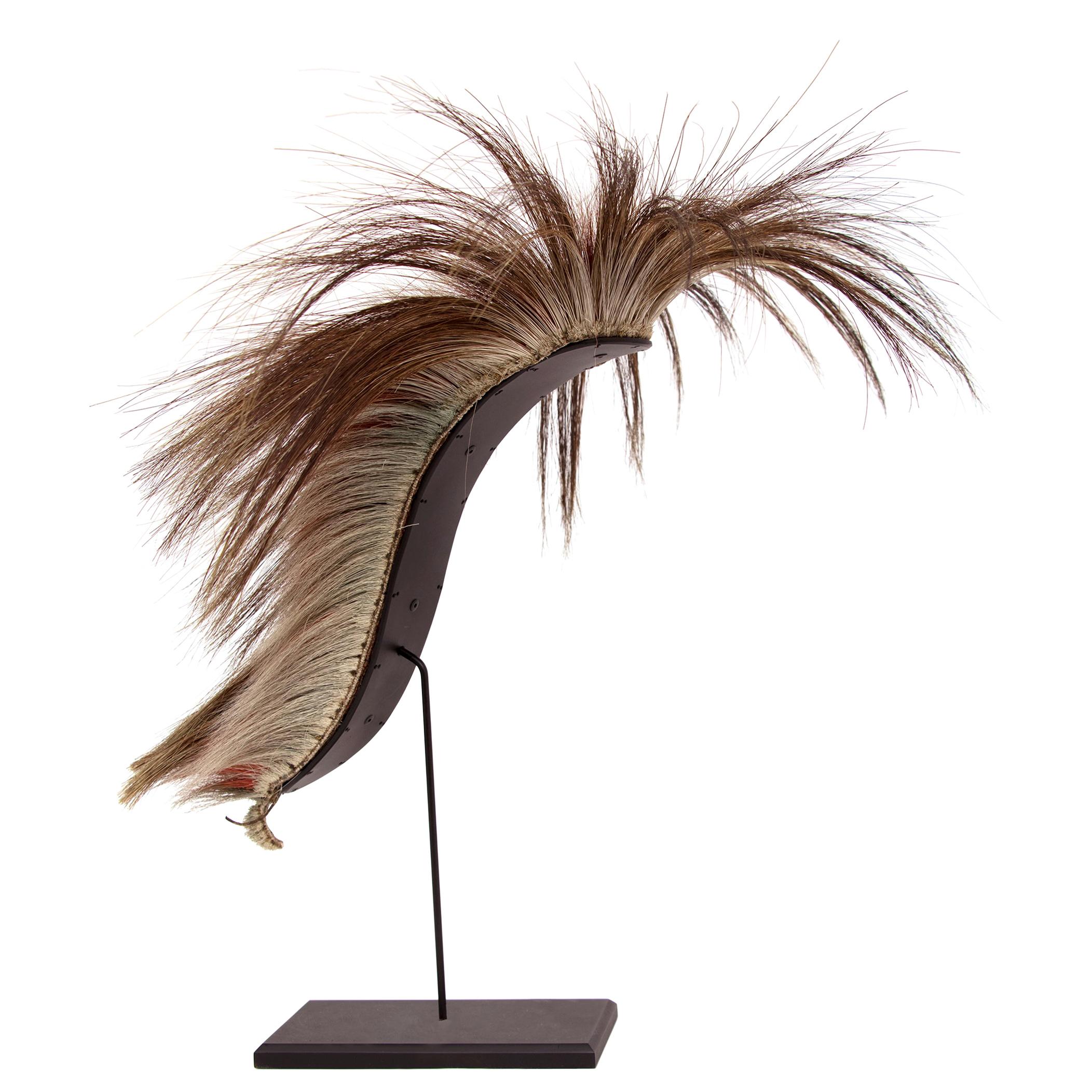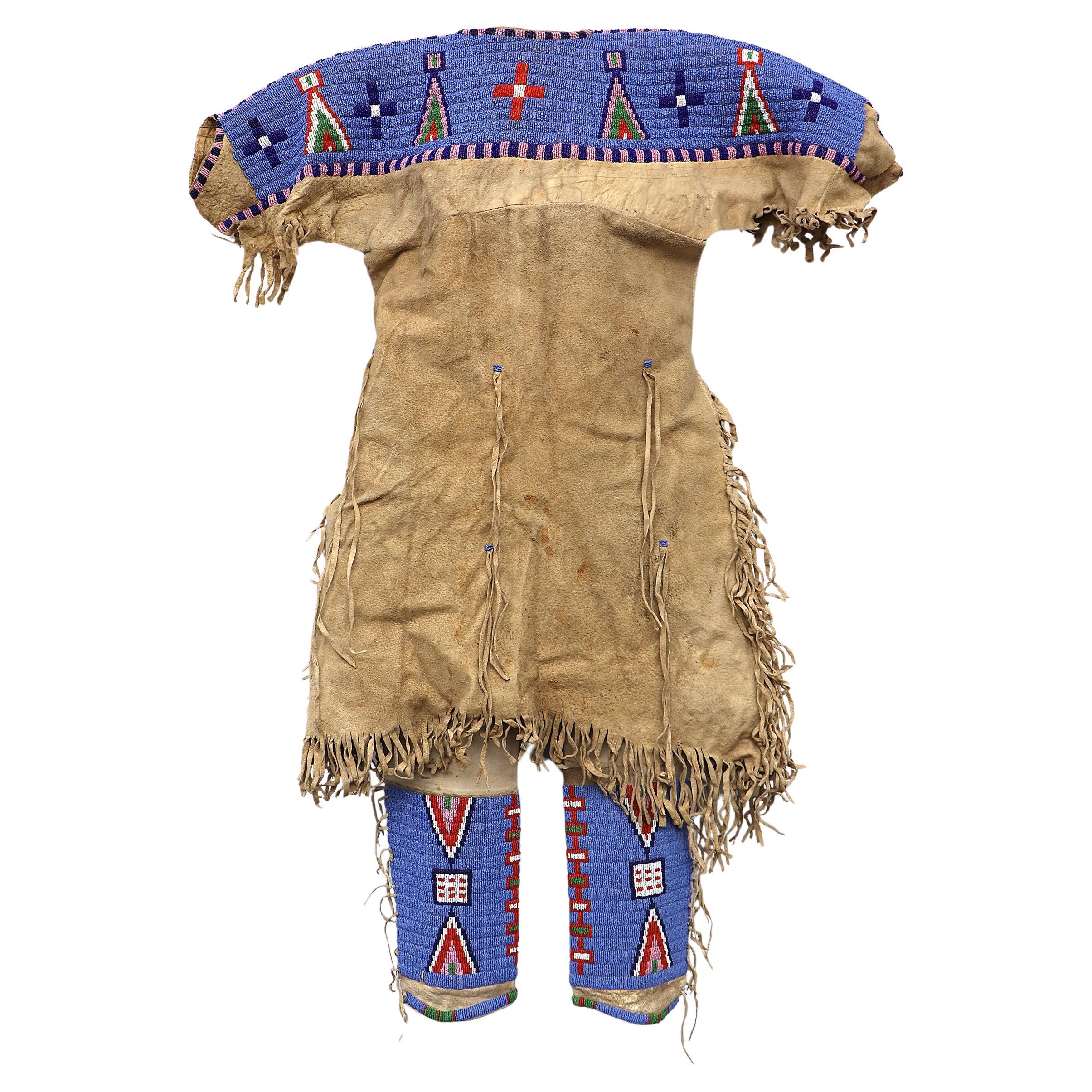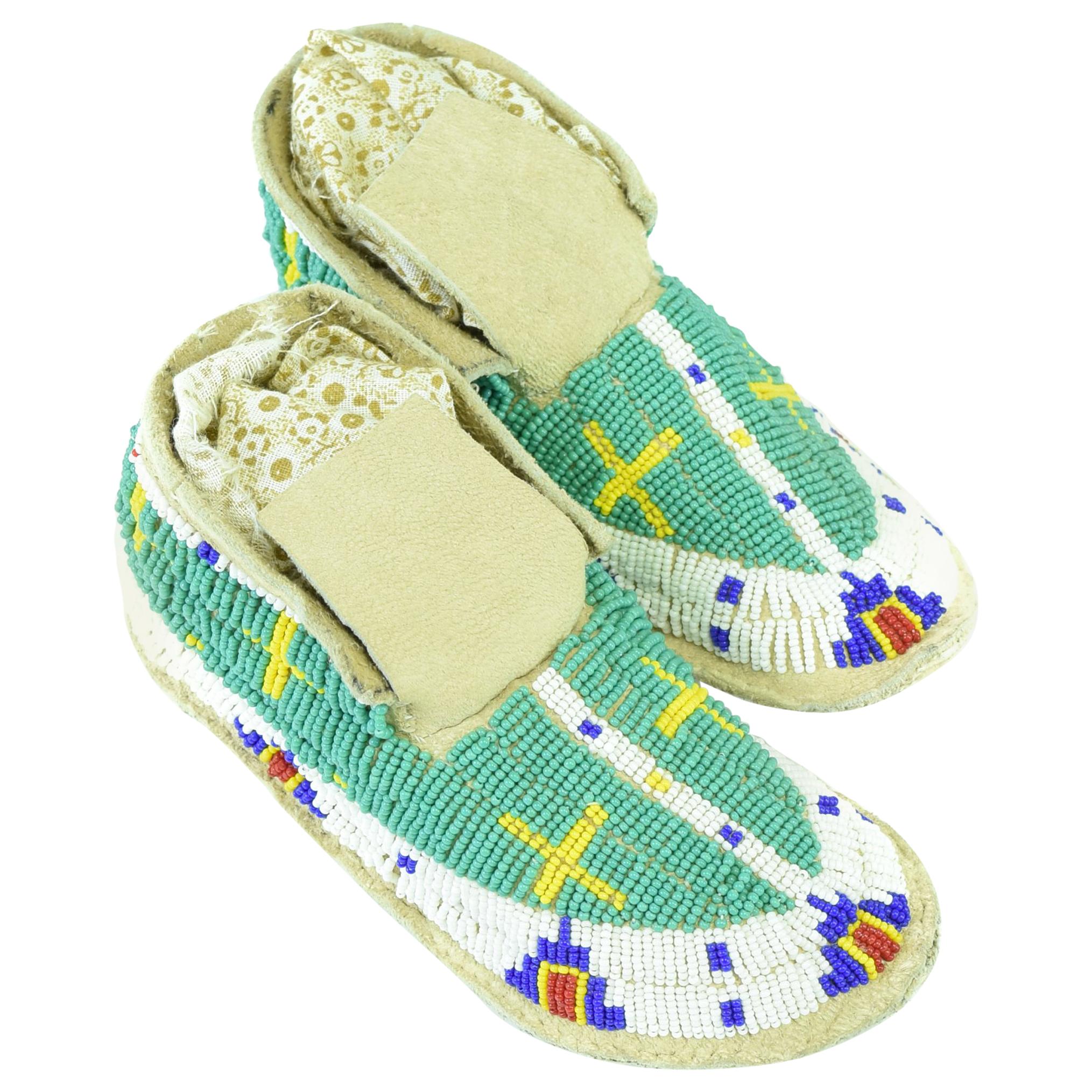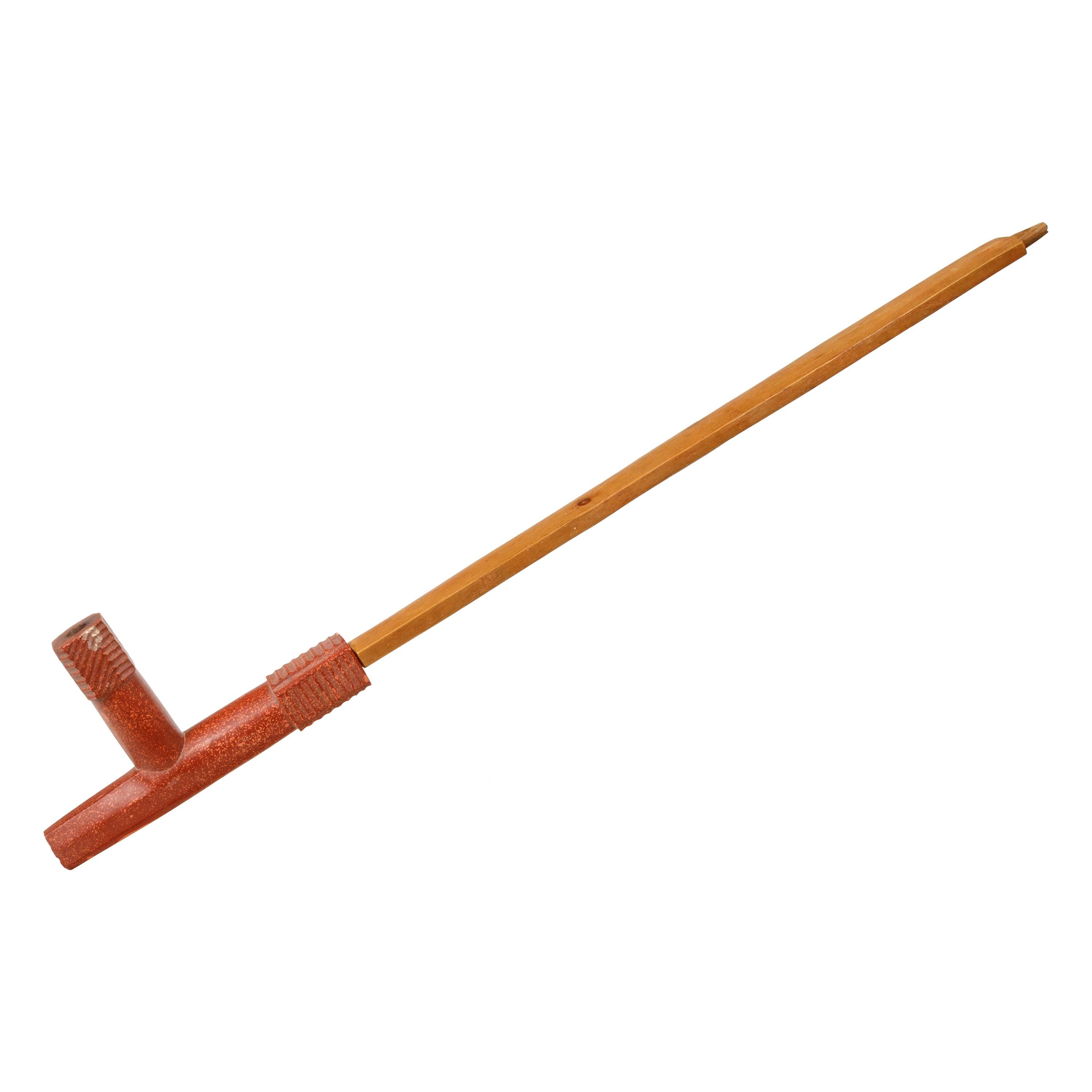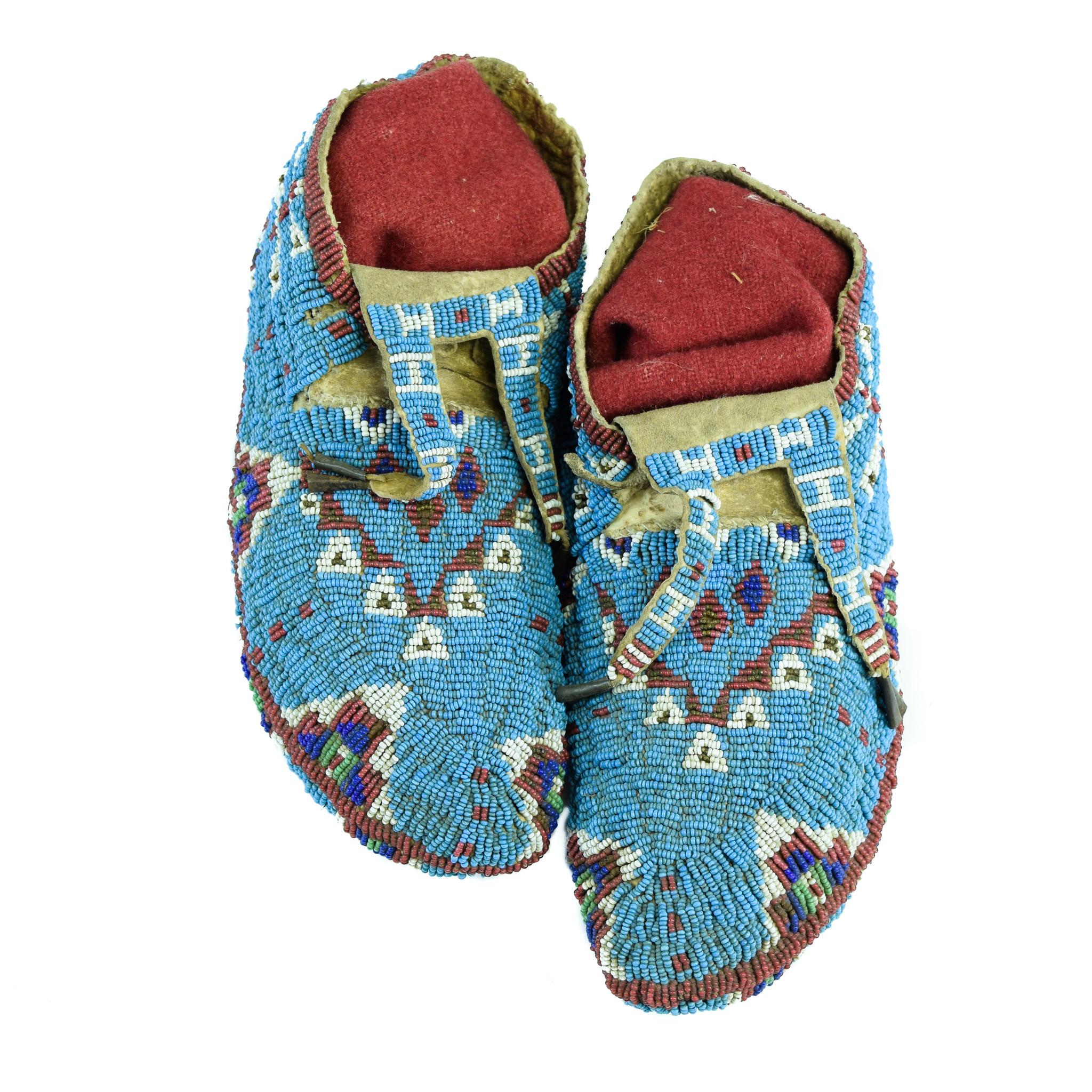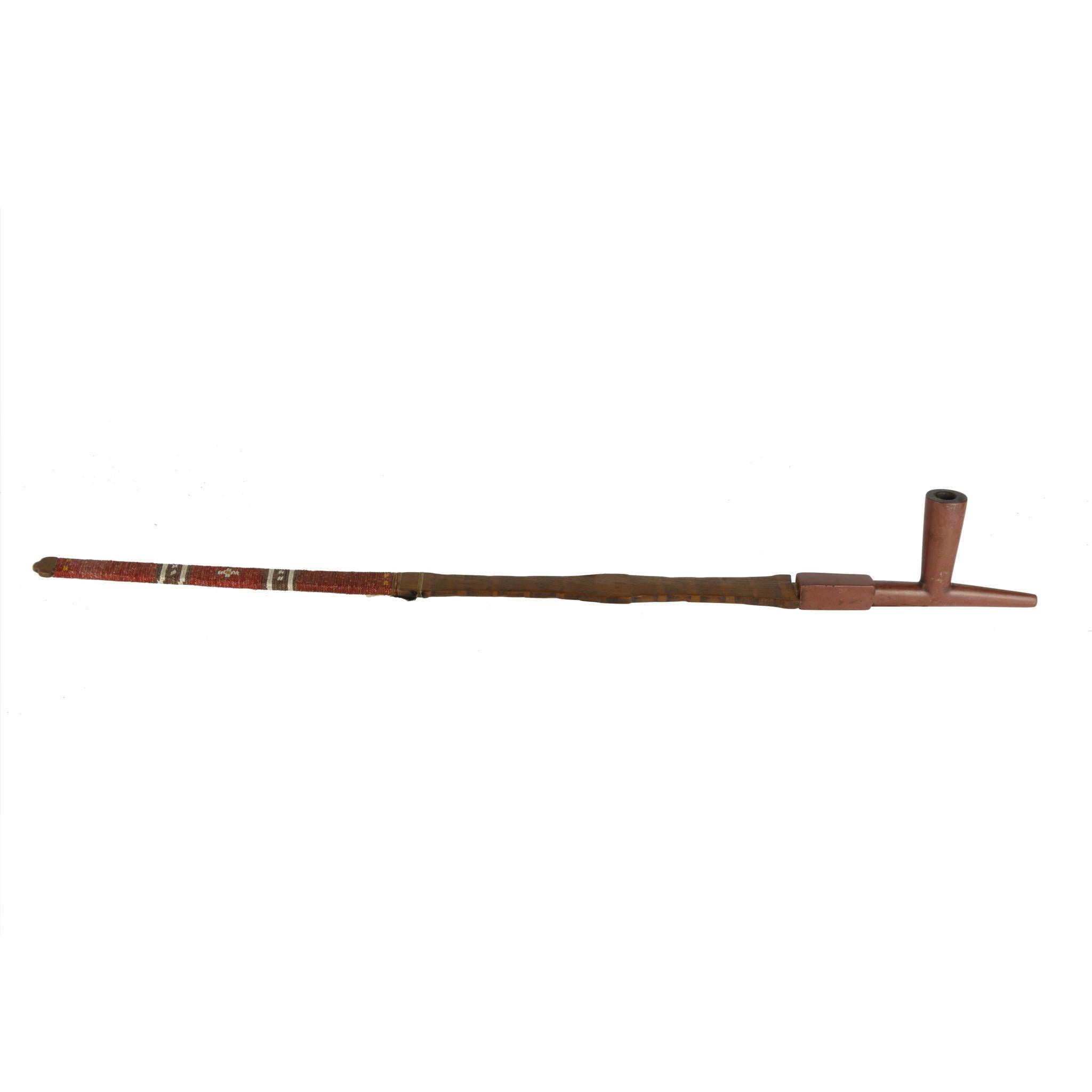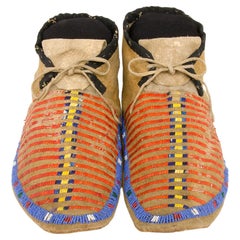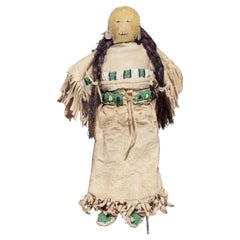
Sioux Plains Headdress
View Similar Items
1 of 4
Sioux Plains Headdress
About the Item
- Dimensions:Height: 27.56 in (70 cm)Diameter: 19.69 in (50 cm)
- Materials and Techniques:
- Place of Origin:
- Period:
- Date of Manufacture:Ca 1900
- Condition:Very good condition - with original leather bag.
- Seller Location:Brussels, BE
- Reference Number:1stDibs: U120504931722
You May Also Like
- 19th Century Sioux Split Horn HeaddressBy Sioux Indian ArtLocated in Coeur d'Alene, IDGenuine 19th Century Native American made Sioux split horn bonnet with buffalo hide liner. Long dangling ermine tails, tips beaded with greasy yellows and red hearts tipped with horse hair. Small brain tanned thong with hawk bells connecting both horns. Beaded brow band, matching horn...Category
Antique 19th Century American Native American Native American Objects
MaterialsHide
- Antique Sioux Moccasins 'Plains Indian' 1870s Buckskin, Quillwork & BeadworkBy Sioux Indian ArtLocated in Denver, COPair of antique Native American moccasins dating to the late Classic Period (1650-1875). Hand crafted by a Sioux, Plains Indian, arti...Category
Antique 19th Century American Native American Native American Objects
MaterialsAnimal Skin, Hide, Glass, Beads
- Antique Native American Doll, Sioux 'Plains Indian', 19th CenturyLocated in Denver, COConstructed of native tanned hide with trade beads and horse hair, this doll is wearing a traditional period dress and moccasins. A nomadic tribe, the Sioux territory included parts...Category
Antique Late 19th Century American Native American Native American Objects
MaterialsHide, Beads
- Roach Headdress, Antique Native American, Plains Indian, 19th CenturyBy Native American ArtLocated in Denver, COAntique 19th century Native American (Plains Indian) roach headdress made with dyed deer hair and porcupine guard hair on a u-shaped braided cloth with...Category
Antique 19th Century American Native American Native American Objects
MaterialsFur
- Antique Beaded Child's Dress & Leggings, Sioux (Plains Indian) circa 1900, blueLocated in Denver, COSioux child's dress with matching leggings. Created by hand with native tanned hide and beaded with glass trade beads in blue, white, red, pink and green. Pictorial design elements i...Category
Antique Late 19th Century American Native American Native American Objects
MaterialsHide, Beads
- Native American Parfleche Box, Sioux, 19th Century Painted Hide PlainsBy Sioux Indian ArtLocated in Denver, COAntique Sioux (Native American/Plains Indian) Parfleche in a box form constructed of rawhide and intricately painted in an abstract design with hourglass and geometric motifs with natural pigments and red trade cloth. At the time this was created, the Sioux Indians were nomadic and are associated with vast areas of the Great Plains of the United States including present-day North and South Dakota, Minnesota, Nebraska and Montana. Authenticity is guaranteed. Box is in very good condition - please contact us for a detailed condition report. Parfleches are rawhide containers which were fundamental to the Plains way of life. Functioning essentially as protective travelling suitcases, they enabled the nomadic tribes to effectively pursue buffalo herds and migrate between seasonal camps. So critical were they to a nomadic existence that over 40 tribes are known to have historically produced parfleches. Collectively, these tribes inhabited an area which encompassed the entirety of the Plains, as well as the parts of the Southwest, the Transmontane and Western Plateau regions. Parfleches were, out of necessity, robust and versatile objects. They were designed to carry and protect within them anything from medicinal bundles to seasonal clothing or food. In fact, it was because of the containers’ robusticity and variety that parfleches earned their name in the Anglo world. Derived from parer (to parry or turn aside) and fleche (arrow), the word parfleche was coined by 17th century French Canadian voyageurs and used to describe indigenous objects made from rawhide. Despite their common utilitarian function, parfleches served as one of the major mediums through which Plains Indian tribes could develop their long-standing tradition of painting. In fact, it is in large part due to the parfleche that tribal style emerged. Even though parfleche painting developed simultaneously with beading and weaving, painting as an artistic tradition held particular importance in tribal culture. Believed to have evolved from tattooing, it had always been used as a conduit through which tribal and individual identity could be expressed. As such, many tribeswomen were deeply committed, some even religiously, to decorating their parfleche either with incised or painted motifs that were significant to them and/or the tribe. For some tribes, such as the Cheyenne, the decorative processes which surrounded parfleche production were sacred. For others, it seems that their parfleche designs shared an interesting artistic dialogue with their beadwork, indicating a more casual exchange of design motifs. This particular relationship can be seen in Crow parfleche...Category
Antique Late 19th Century American Native American Native American Objects
MaterialsHide
Recently Viewed
View AllMore Ways To Browse
Antique Indian Headdress
American Indian Headdress
Antique Native American Headdress
Sioux Headdress
Antique Beadwork
American Indian Beads
Vintage Native Indian
Native American Blankets
Antique Indian Beads
Cowboy Folk Art
Folk Art Bag
Tan Beads
19th Century Navajo
Native American Beadwork
Antique Navajo Blanket
Antique Navajo Blankets
Navajo Blankets Antique
Navajo Blanket Antique
